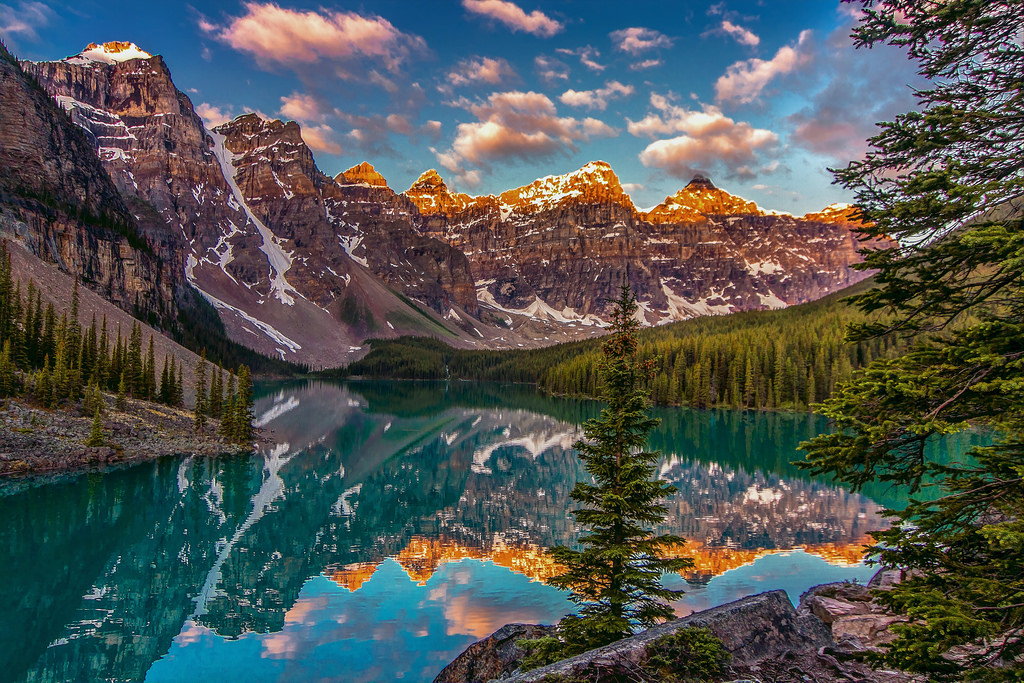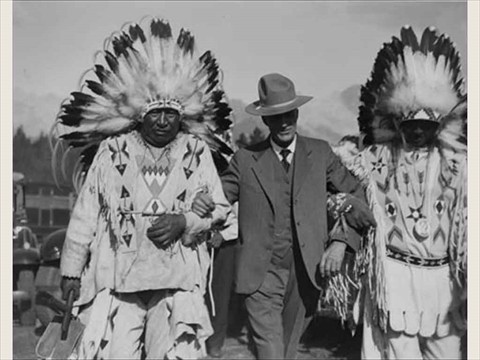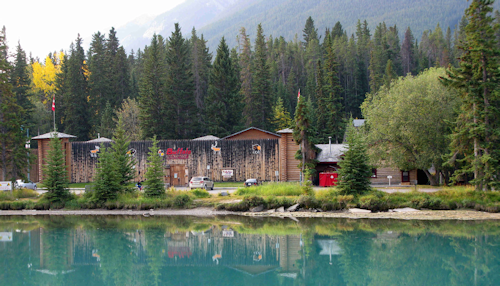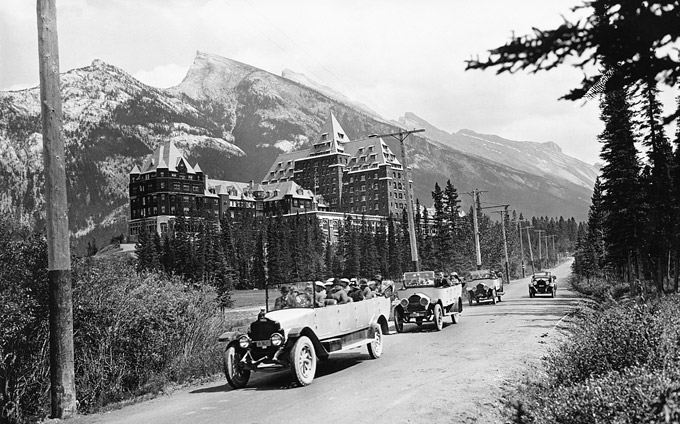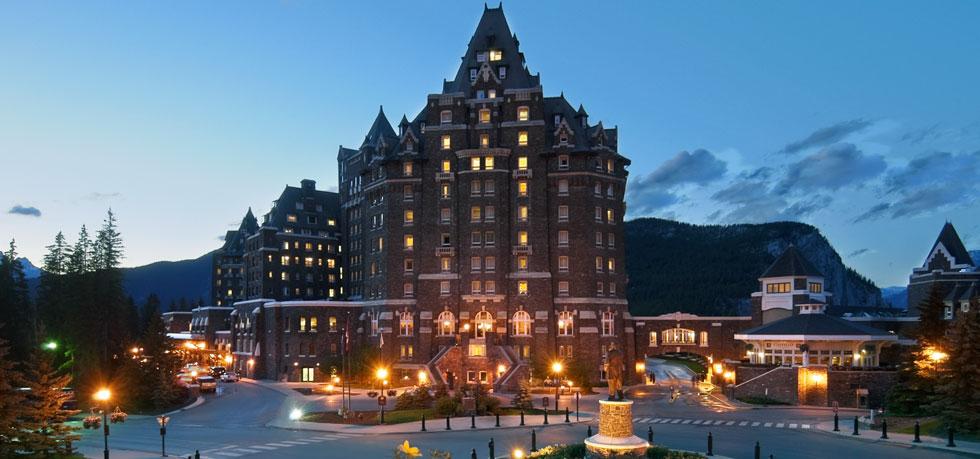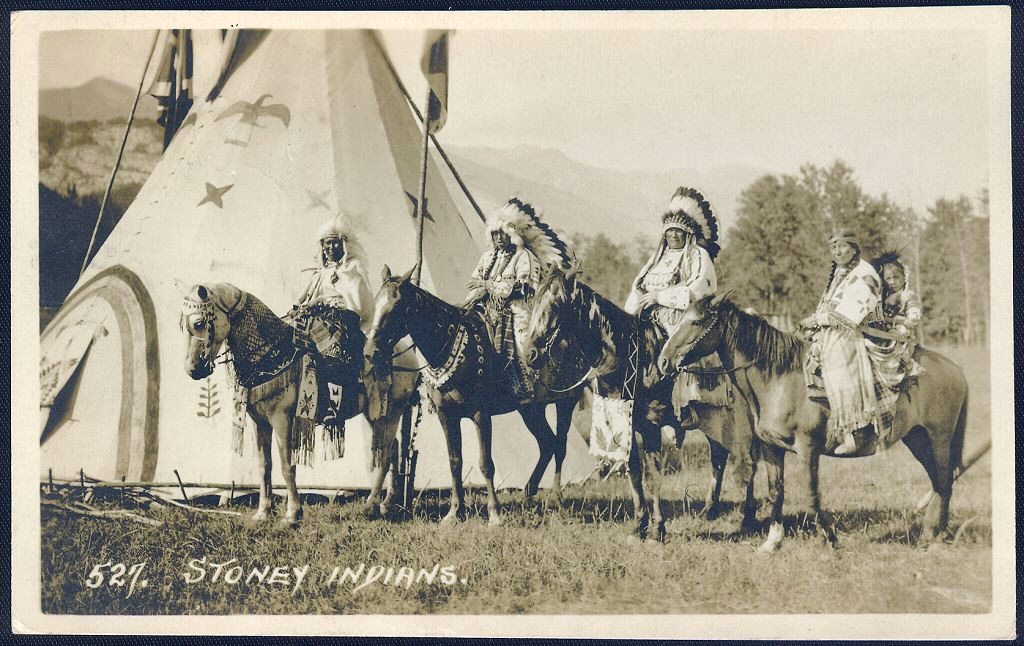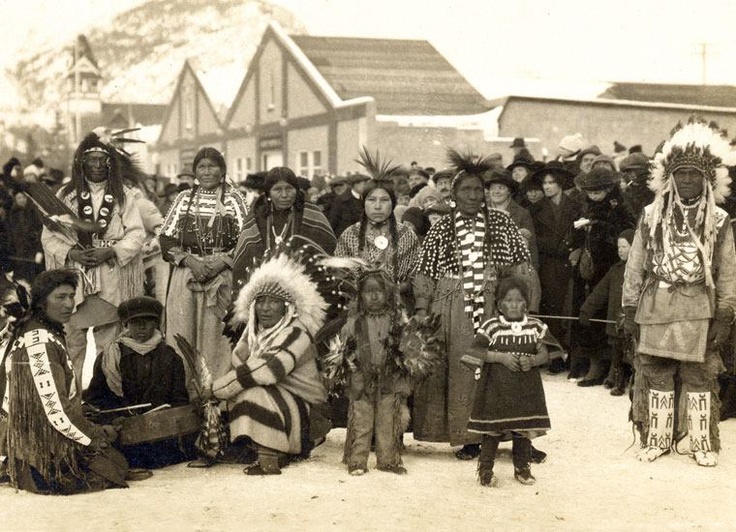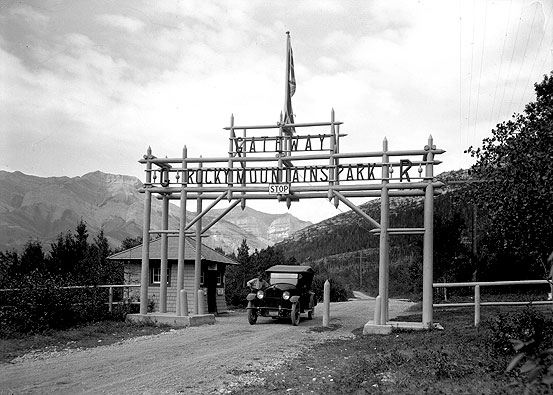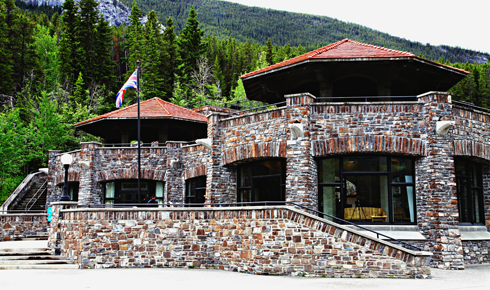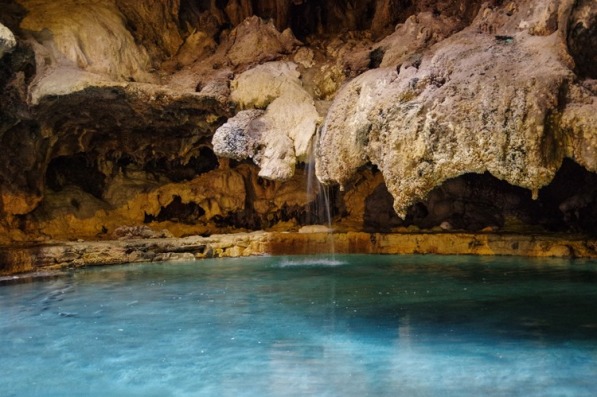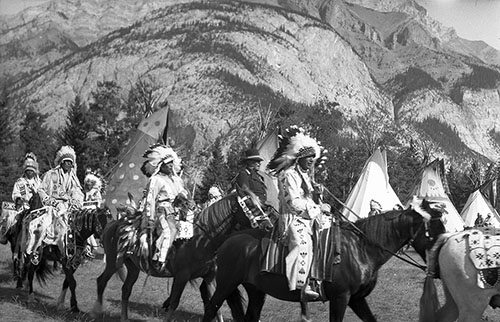
The Banff Indian Days represent the greatest instances of Nakoda people’s participation in Banff’s tourism industry. The annual festival is a celebration of Indigenous culture and history and has included a host of events such as parades, music and dance performances, horse races, calf-roping, tipi pitching, pie eating, tug-of-war, and archery. According to many narratives, the modern version of the event was sparked in 1894 when a flood along a section of the Canadian Pacific Railway stranded a group of wealthy tourists in Banff. A local entrepreneur, Tom Wilson, convinced a group of Nakoda peoples to put on cultural performances for the tourist group, providing monetary incentives.
The festival’s inaugural year as an annual event was 1911; however, prior to the official creation of the annual event, Indigenous groups held cultural gatherings in similar locations which many claim to have been precursors to the festival. Banff Indian Days offered a chance to raise awareness of Nakoda cultures and histories as well as concerns, and allowed local Indigenous groups to gather and celebrate common cultural practices.
While the festivals gave the Nakoda and other Indigenous groups an opportunity for representation, portrayals of participants were influenced by White event planners and often enforced colonial tokenization and exoticization of Indigenous peoples as they represented colonial notions of their cultures. Past Banff Indian Days have also homogenized the diverse groups of Indigenous peoples, as they were all represented under a single term (“Indian”) and presented as one cultural group.
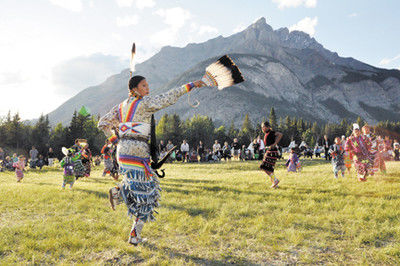
Today, The Banff Indian Days festival offers a much-needed opportunity for Indigenous groups to gather and celebrate their cultures, spiritualities, and histories. Inspired by traditional Indigenous Sundance festivals, the festival encourages young members of Nakoda and other communities to embrace their ancestral cultures. Participants join together to honour their ancestors, share stories, and bask in the beauty of the land.
The Banff Indian Days festival has come a long way and serves to illustrate the resilience of Banff’s Indigenous communities as they have remained committed to their cultures and ways of life while adapting to the detrimental impacts of colonialism.
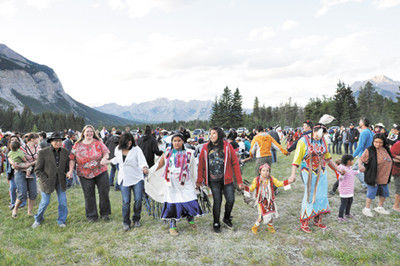
Mason, C. W. (2014). Spirits of the Rockies: Reasserting an Indigenous Presence in Banff National Park. University of Toronto Press.
http://www.thecragandcanyon.ca/2011/08/10the-return-of-banff-indian-days
